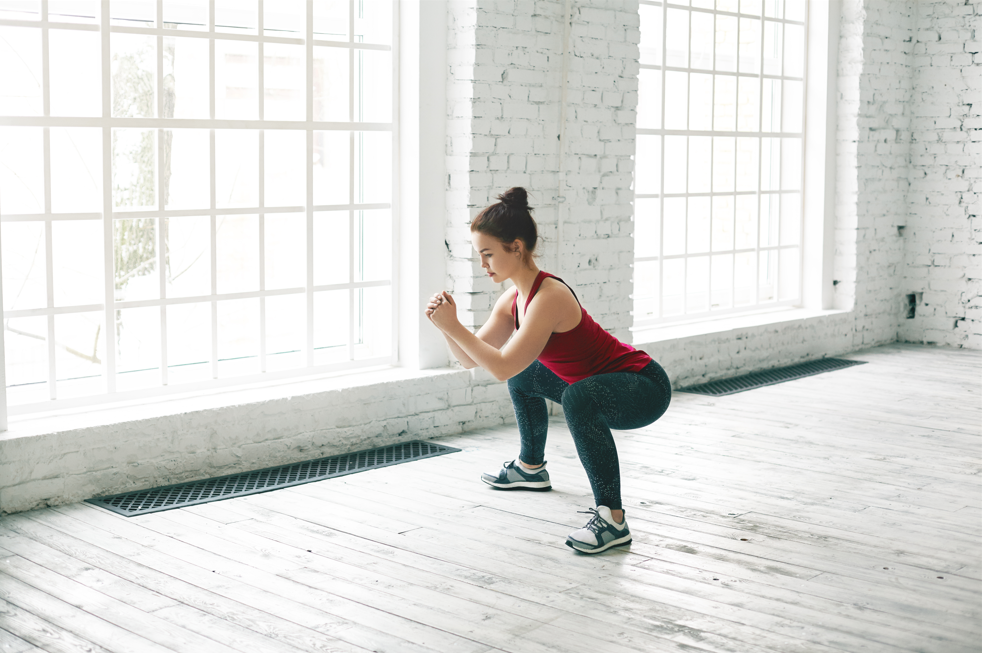
Gluteal muscle strain is a common muscle injury among athletes and individuals engaged in daily activities, especially in sports involving running, weightlifting, and similar movements. The gluteal muscles play a critical role in stabilizing the pelvis, supporting the body, and coordinating movements. Muscle strains are often accompanied by an inflammatory response, causing pain, limited mobility, and potentially impairing athletic performance. This article explores three methods to improve gluteal muscle strain recovery and highlights how to effectively reduce inflammation and promote healing.
Three Methods to Improve Gluteal Muscle Strain
-
Gradual Stretching and Strengthening Exercises
Progressive stretching and strength training have been proven to improve the flexibility and strength of the gluteal muscles. Stretching helps increase muscle fiber length, reducing the risk of re-injury, while strengthening exercises enhance the muscles' ability to withstand loads. Common exercises such as glute bridges, squats, and lateral leg raises effectively target the gluteal muscles, promoting recovery. -
Physical Therapy and Massage Therapy
Physical therapy techniques, such as ultrasound therapy, electrical stimulation, and ice therapy, help reduce inflammation and promote blood circulation, accelerating the healing process. Massage therapy can relieve muscle tightness, facilitate tissue repair, and improve movement flexibility. -
Use of Athletic Supports
While supports do not directly treat gluteal muscle strain, research suggests that compression garments like compression shorts or support bands can help stabilize the gluteal region, reduce unnecessary movement and vibration, and lower the risk of inflammation and re-injury. Compression supports can also increase local temperature and promote blood flow, aiding recovery.
How Athletic Supports Improve Inflammation
Compression supports reduce inflammation through multiple mechanisms, including controlling swelling, stabilizing soft tissues, and stimulating blood circulation. These effects are crucial in managing the inflammatory response following muscle injury and help shorten recovery time.
How Exercise Improves Inflammation
Moderate exercise promotes the release of anti-inflammatory cytokines, accelerating the repair of damaged tissues. Research shows that aerobic exercise and strength training can reduce chronic inflammation by improving overall circulation, delivering more oxygen and nutrients to injured tissues. Additionally, exercise enhances neuromuscular coordination, reducing the risk of re-injury.

Conclusion
Gluteal muscle strain is a common injury, but with scientific stretching routines, physical therapy, and supportive gear, recovery can be effectively accelerated, inflammation reduced, and the risk of re-injury minimized. A well-structured recovery plan and exercise strategy not only promote muscle healing but also improve athletic performance and overall health.
References
- Cheatham, S. W., Kolber, M. J., Cain, M., & Lee, M. (2015). The effects of self-myofascial release using a foam roll or roller massager on joint range of motion, muscle recovery, and performance: A systematic review. International Journal of Sports Physical Therapy, 10(6), 827-838.
- Prentice, W. E. (2014). Principles of Athletic Training: A Competency-Based Approach. McGraw-Hill Education.
- Pournot, H., Bieuzen, F., Duffield, R., Lepretre, P. M., Cozzolino, C., & Hausswirth, C. (2011). Short term effects of various water immersions on recovery from exhaustive intermittent exercise. European Journal of Applied Physiology, 111(7), 1287-1295.



分享:
Effective Strategies for Managing Achilles Tendinitis
Causes and Treatment of Golfer’s Elbow: Inflammation Management and Recovery Methods